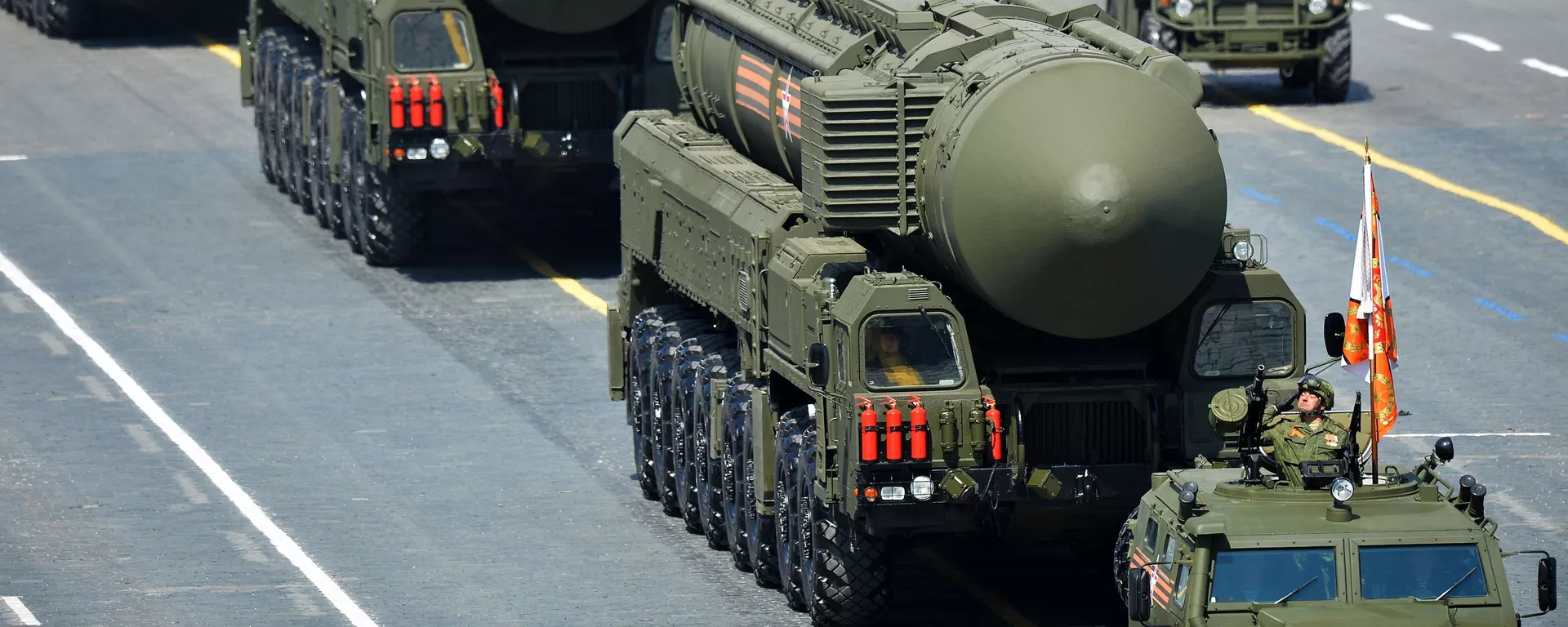The Pentagon is in the middle of a $1.7 trillion nuclear modernization program aimed at upgrading the US's intercontinental ballistic missile arsenal, its nuclear submarine and strategic bomber fleet, nuclear cruise and gravity bomb capabilities, and nuclear warhead and pit production facilities.
The Roscongress Foundation, a Russian nonprofit, outlined some of the program's key developments in a report published this week, breaking down spending on individual programs and components, including $138 billion for the modernization of nuclear warheads to FY2049, and some $500 billion more for so-called "stockpile management," the dismantling and disposal of old warheads, R&D and testing, and new infrastructure, including nuclear weapons storage sites in Europe and Turkiye.
Some 67,000+ people are involved in the nuclear modernization program, according to the report, with their numbers growing by over 70% in the past decade.
The US first announced the massive spending and arms buildup plans in 2016, with the Obama, Trump and Biden administrations committing to incremental increases to the modernization program's scale and scope, adding nearly an entire year's defense budget ($700 billion+) onto the initial $1 trillion in funding requirements over the past eight years.
"The US’ announced decades-spanning nuclear arms modernization program suggests Washington believes its current capabilities are falling behind its perceived adversaries and believes it will require significant nuclear capabilities in the coming years. It also represents the strategic pivot the US performed with its decades of 'small wars' and its desire to pivot back toward 'great power' competition," veteran geopolitical analyst and former Marine Brian Berletic told Sputnik, commenting on the US nuclear buildup plans.
"Of course, existing US nuclear arms are more than capable of deterring any attack on the US itself, and instead, the US seeks to enhance its ability to menace other nations with nuclear weapons within their own borders and within their respective region of the world," Berletic said, highlighting some of the controversial aspects of the US nuclear doctrine, which has returned to the concept of a 'limited' nuclear war, and allows for preemptive nuclear attacks against adversaries.
When it comes to catching up to the strategic capabilities of major potential adversaries the likes of Russia or China, Washington is in trouble, according to the analyst, who noted that "the US has fallen significantly behind" the two powers "in terms of delivery systems including both intermediate-range ballistic missiles as well as intercontinental ballistic missiles."
"It is unlikely the US will catch up to either Russia or China in many areas of nuclear or even conventional weaponry," Berletic believes.
"The US has confined itself both to an irrational geostrategic doctrine and a dysfunctional economic system incapable of prioritizing purpose over profit even in terms of supposed national security imperatives. The same sort of limitations the US faces in ramping up the production of munitions as simple as artillery shells will avail themselves as the US pursues large-scale modernization of its nuclear arsenal," the observer emphasized, referencing the problem - revealed over the course of NATO's ongoing proxy war against Russia in Ukraine, of serious difficulties in America and Europe's conventional weapons production capabilities.
Notwithstanding these challenges, and the fact that Russia and China's nuclear weapons and delivery system arsenals are being modernized at rates significantly higher than the US, and at a far lower cost, Washington and its allies continue to ramp up nuclear tensions by taking new steps up the escalation ladder with Moscow and Beijing in Ukraine and over Taiwan, and occasionally waving around the nuclear baton. On Saturday, Newsweek published a story complete with maps showing the impact the B-83 nuclear weapon would have if it were dropped on the Russian, Chinese or North Korean capitals.

 4 months ago
29
4 months ago
29








 We deliver critical software at unparalleled value and speed to help your business thrive
We deliver critical software at unparalleled value and speed to help your business thrive






 English (US) ·
English (US) ·